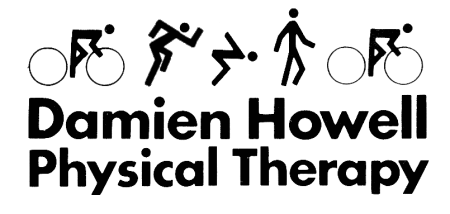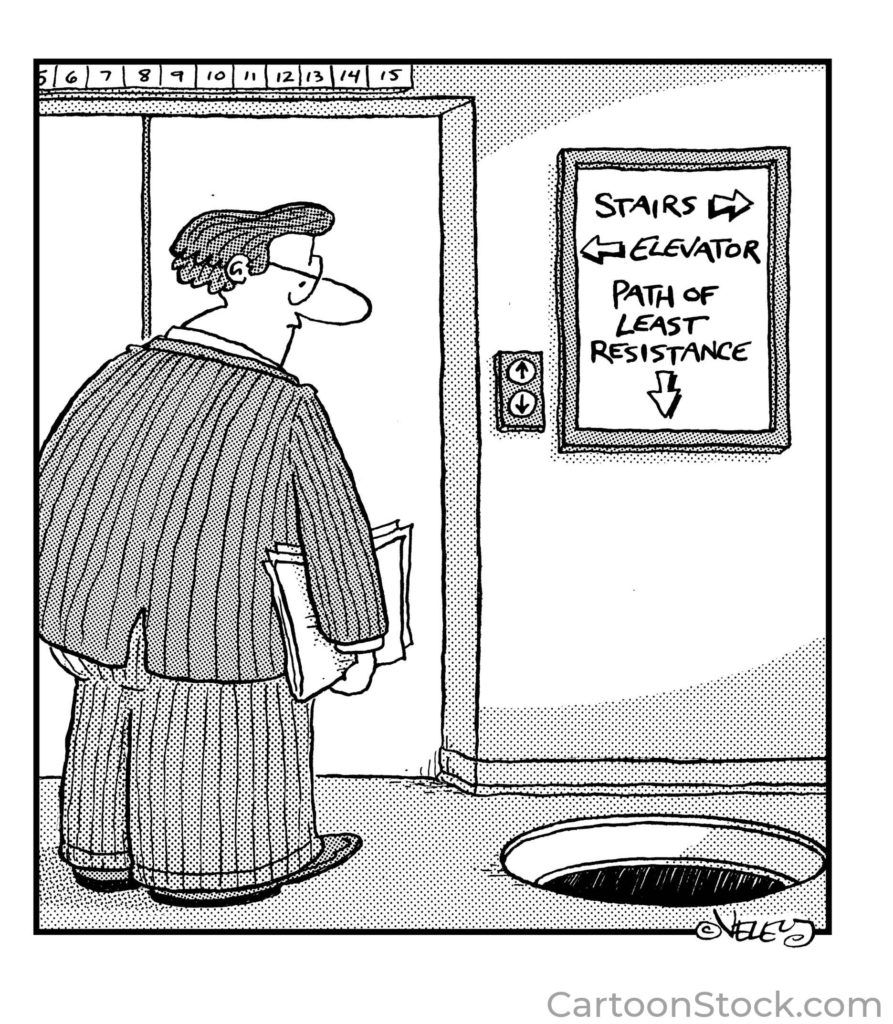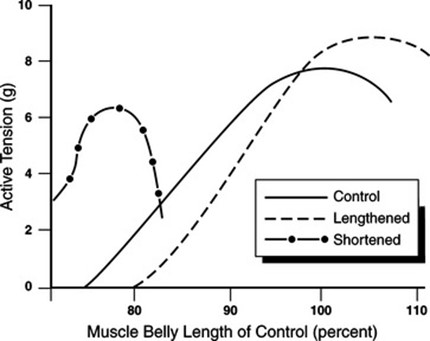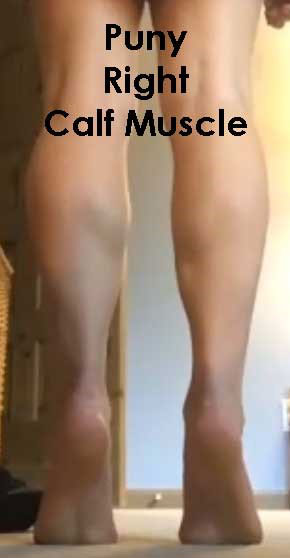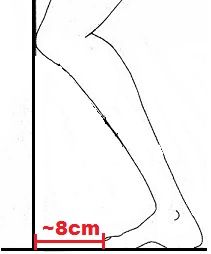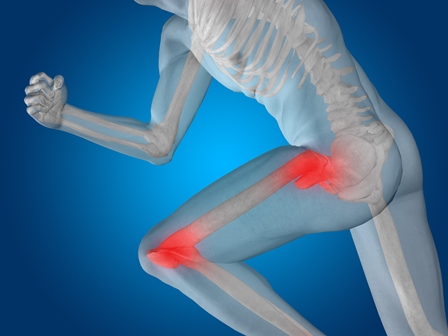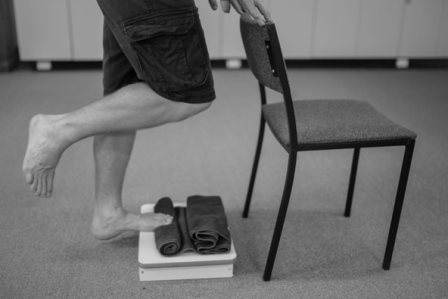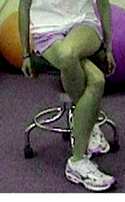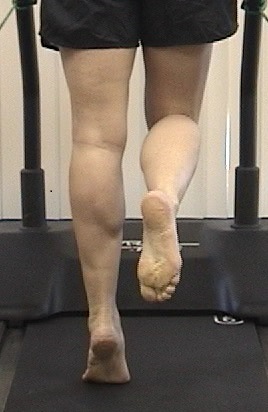Posts Tagged ‘Strengthening Exercise’
Path of least resistance is not always the best option – sometimes it is better to have some stiffness
There are three possible relationships between movement and musculoskeletal pain syndromes. There is either too much movement, not enough movement, or an optimal amount of movement. When a muscle tendon unit and/or joint is flexible, hypermobile, or unstable there is too much movement. When a muscle tendon unit and/or joint is stiff or hypomobile there…
Read MoreMuscle “stretch weakness” – How does the length of a muscle affect its ability to generate force/tension?
As a muscle contracts and shortens it can generate a greater amount of force/tension. However, as the length of the muscle becomes shortened or slack or lengthened or too long the muscle loses its ability to generate tension/force. The relationship between muscle length relative to a muscle’s ability to generate tension/force follows the Goldilocks principle.…
Read MorePlantar fasciitis v tendinopathy words matter – stretching exercises are overrated
Why is the plantar region the only region of the body where the terminology of fasciitis is used? Fascial tissue is present throughout the body including the ankle, knee, hip, back, and abdominal regions of the body. Yet, we do not use the term knee fasciitis or back lumbar fasciitis. We know that stretching exercises…
Read MorePuny Calf Muscles Syndrome
It is time to replace the common belief that stretching exercises should occur before exercise or sporting activity with a newer concept that strengthening exercises for the calf muscles should occur before exercise or sporting activities. During warm up for exercise & sporting activity make a conscious effort to walk with spring in your step. Reactivating & reversing puny calf muscles can prevent injury, increase athletic performance, forestall old person shuffle, & look better.
Read MoreThat’s a Stretch: Why Stretching May Not Always be the Solution
It’s good to stretch a dollar. It’s bad to stretch the truth. But what about stretching your calves? That might depend on whether you believe Dr. Google every time a search result says to stretch sore calves. Calf stretching aims to increase the range of motion (ROM) for ankle dorsiflexion. “Dorsi” is a prefix meaning…
Read MoreIT Band Syndrome – Controversy Regarding Stretching Exercise
The Iliotibial (IT) Band is a tendon on the lateral aspect of the hip/thigh/knee. It is a large, wide, thick tendon. A tendon is a structure that attaches muscle to bone. IT band syndrome is a typical injury occurring in runners. A commonly recommended treatment for IT band syndrome is stretching exercise. Searching Google for…
Read MoreCan Isometric Exercise Help Plantar Heel Pain: What is Best Joint Position?
Anyone who has had tendon pain will tell you it is a frustrating problem to resolve. Common repetitive use tendon problems include: plantar heel pain; Achilles; patellar (knee) tendon; hamstring tendon; gluteal (buttock pain) tendon; rotator cuff (shoulder) syndrome; and tennis elbow. Tendon problems take a long time to heal. Understanding the continuum of tendon…
Read MoreWoman’s One-Sided Worries
Over the years, I’ve noticed that my female patients experience unilateral hip and/or knee pain (pain on one side of the body) more often than my male patients do. This predisposition has been observed by others as well Lateral hip pain is typically called bursitis, piriformis syndrome, or gluteal tendinopathy. Studies have shown the incidence…
Read MoreAging Muscles & Tendons: Achilles/Calf Strain
As we age muscles and tendons will change. Calf muscles in older individuals are weaker, smaller, shorter, less stiff, and not as coordinated. Older athletes may experience greater incidence of injuries (Tauton 2003, McKean 2006). Two most common repetitive use injuries in older runners are Achilles tendonopathy and strained calf muscle (Marti 1988). A…
Read MoreStrengthening Exercises for Intrinsic Foot Muscles
Exercises to strengthen the foot are frequently used to treat injuries to foot, ankle, knee, hip and low back. Toe curl or toe scrunching exercises is not appropriate for strengthening the muscles intrinsic to the feet. Muscles about the foot and ankle are described as either extrinsic muscles or intrinsic muscles. Extrinsic foot muscles have…
Read More